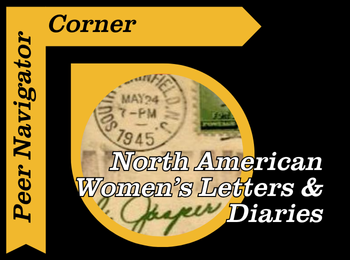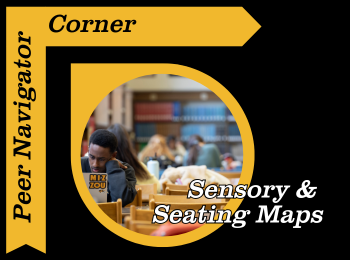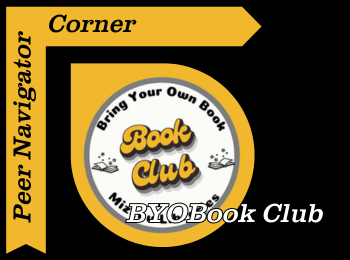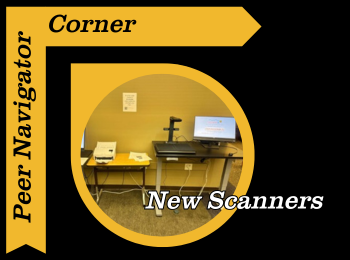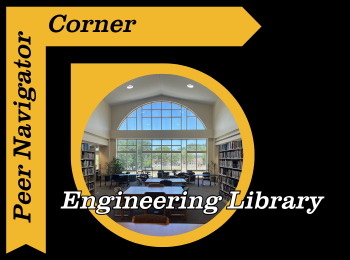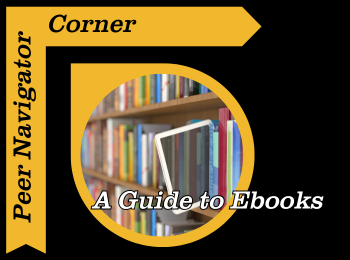Written by: Annalise Miller
March is nationally recognized as Women’s History Month, a time to celebrate and honor the incredible contributions of women throughout history and today. One of the most meaningful ways to do so is by reflecting on the voices of those who paved the way before us. What better way to pay tribute than by exploring a remarkable primary source that sheds light on the struggles, triumphs, and daily lives of real women? North American Women’s Letters and Diaries is a collection of authentic letters and diaries, spanning from colonial times to the mid-20th century, offering a powerful glimpse into the lived experiences of real women throughout history.
North American Women’s Letters and Diaries is the most extensive collection of women’s diaries and letters digitally compiled to date (Alexander Street Press, 2004). This primary source contains over 150,000 pages of personal recorded experiences, from journals containing details of their life to letters written and sent to their friends and family.
The subscription is paid for by the University Libraries, so all students can access it for free through the library’s website. One way to access is through the database link on the University of Missouri Libraries website, and then searching by the title. To find more resources like it, you can click “Research By Subject” on the homepage, and then the “Social and Behavioral Sciences” tab. Selecting “Women’s and Gender Studies” will take you to a new page with a tab that has multiple primary sources pertaining to this area of study, one being the Diaries and Letters of North American Women. You can also easily access the source by utilizing the website’s search box in its top right corner.
Once in the database you can filter results by year or historical events, such as the Civil War, the War of 1812, the Salem Witch Trials, and so many more. It gives a lens to both big and small moments – women writing to their friends during the Revolutionary War or sending letters to their mothers about life after moving away. You can even search by personal events that particular women were writing about, such as work, school, or relationships. A popular journal on the database (and personal favorite) is titled, “The Boyfriend Book” written in 1932 by a girl named Julia Heller. She talks about different boys that she likes, knows, or goes out with. She notes things like their appearance, how she met them, and if they have a bicycle. Another interesting diary is that of an anonymous woman who was traveling to Las Vegas around 1959. In the diary, she includes photos of her trip, tickets to shows that she went to, and other miscellaneous items, like the business card of a hairdresser that she saw during her vacation.
The advanced search option allows you to dig even deeper with over twenty advanced filters including age, number of children, marital status, or state and town written in. This is an amazing unconventional tool that we can use to relate to women throughout history – ones who are in the same boat as we may be. In a diary titled, “A Girl of the Eighties at College”, Charlotte Howard Conant writes to her mother and father, expressing how much she misses them since she is away at school.
By engaging with these letters and diaries, readers gain an intimate look at the everyday challenges and triumphs women faced throughout history. Whether discussing major historical moments or personal struggles, these writings preserve the authentic voices of women from different backgrounds and time periods. North American Women’s Letters and Diaries Serves as a testament to their resilience, making it a valuable tool for celebrating Women’s History Month and beyond.
